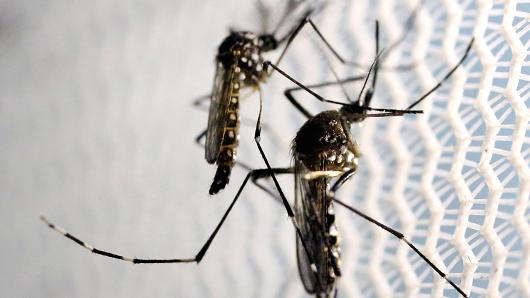 Deadly carriers of disease: Aedes aegypti mosquitoes. Paulo Whitaker | Reuters
Deadly carriers of disease: Aedes aegypti mosquitoes. Paulo Whitaker | Reuters
Gulf Coast region is vulnerable to Zika attacks
Congress may not appreciate full extent of potential damage
Conservative calculations suggest full impact could exceed $2 billion
CLICK HERE - PLOS - The potential economic burden of Zika in the continental United States
cnbc.com - by Robert Ferris - May 11, 2017
The Zika virus stands to cost the United States billions of dollars, even if few people are infected.
Researchers from several American institutions have calculated that the "virus from Hell" could result in total costs ranging from $183 million to over $1.2 billion, depending on infection rates in several at-risk states in the South.
The researchers warn that infection rates could engender costs that exceed the amounts of money the U.S. government may give for prevention and treatment, if the recent debates over funding are any indication.
(READ COMPLETE ARTICLE)
Recent Comments